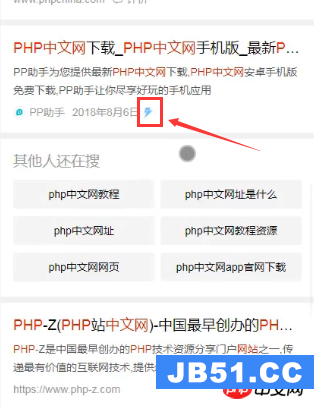我有以下
HTML:
<figure class="pimage"> <a href="http://nathandasilva.co.uk/butlinps/property-item/schofield-road-loughborough-le11-4qj/"> <img class="attachment-homeland_property_medium wp-post-image" width="330" height="230" alt="7-020130322113404" src="http://nathandasilva.co.uk/butlinps/wp-content/uploads/2014/11/7-020130322113404-330x230.jpg"></img> </a> </figure>
我可以看到以下CSS:
.page-id-11 .pimage {
padding: 17px !important;
background-color: #FFF;
}
我希望能够做的是将图像(不扭曲)转换为基本房屋的形状,如下图所示: –
解决方法
最好的选择是使用svg.
定义内联svg clipPath(for maximum browser support)并将其应用于您的图像.
<svg width="200" height="200" viewBox="0 0 200 200"> <defs> <clipPath id="shape"> <path d="M100,0 L200,60 L200,200 L0,60z" /> </clipPath> </defs> <a xlink:href="#"> <image clip-path="url(#shape)" xlink:href="http://www.lorempixel.com/200/200" x="0" y="0" height="200px" width="200px" /> </a> </svg>
一个真正的房子形状:
<svg width="0" height="0">
<defs>
<clipPath id="shape">
<path d="M0.5,0 L0.74,0.145 L0.74,0.085 L0.80.085 L0.8,0.179 L1,0.3 L0.90,1 L0.1,0.3 L0,0.3z" />
</clipPath>
</defs>
</svg>
<svg width="300" height="300" viewBox="0 0 1 1">
<a xlink:href="#">
<image clip-path="url(#shape)" xlink:href="http://placehold.it/300/300" x="0" y="0" height="1px" width="1px" />
</a>
</svg>
在不同的图像大小上应用相同的clipPath:
您还可以将相同的clipPath应用于不同的图像大小.
以下是300×300,200×200,100×100,50×50,25×25,12.5×12.5和5×5图像尺寸的示例.
<svg width="0" height="0">
<defs>
<clipPath id="shape">
<path d="M0.5,0.3z" />
</clipPath>
</defs>
</svg>
<svg width="300" height="300" viewBox="0 0 1 1">
<a xlink:href="#">
<image clip-path="url(#shape)" xlink:href="http://placehold.it/300/300" x="0" y="0" height="1px" width="1px" />
</a>
</svg>
<svg width="200" height="200" viewBox="0 0 1 1">
<a xlink:href="#">
<image clip-path="url(#shape)" xlink:href="http://placehold.it/200/200" x="0" y="0" height="1px" width="1px" />
</a>
</svg>
<svg width="100" height="100" viewBox="0 0 1 1">
<a xlink:href="#">
<image clip-path="url(#shape)" xlink:href="http://placehold.it/100/100" x="0" y="0" height="1px" width="1px" />
</a>
</svg>
<svg width="50" height="50" viewBox="0 0 1 1">
<a xlink:href="#">
<image clip-path="url(#shape)" xlink:href="http://placehold.it/50/50" x="0" y="0" height="1px" width="1px" />
</a>
</svg>
<svg width="25" height="25" viewBox="0 0 1 1">
<a xlink:href="#">
<image clip-path="url(#shape)" xlink:href="http://placehold.it/25/25" x="0" y="0" height="1px" width="1px" />
</a>
</svg>
<svg width="12.5" height="12.5" viewBox="0 0 1 1">
<a xlink:href="#">
<image clip-path="url(#shape)" xlink:href="http://placehold.it/12.5/12.5" x="0" y="0" height="1px" width="1px" />
</a>
</svg>
<svg width="5" height="5" viewBox="0 0 1 1">
<a xlink:href="#">
<image clip-path="url(#shape)" xlink:href="http://placehold.it/5/5" x="0" y="0" height="1px" width="1px" />
</a>
</svg>
要将图像放在website的容器中,如下图所示:
(注意:添加了负边距(margin-top:-17px),因为你有填充:17px on .pimage)
(通过做一些简单的数学计算得到了坐标)
<svg width="296" viewBox="0 0 1.286956522 1" height="230" style="margin-top: -17px;"> <defs style=""> <clipPath id="shape"> <path d="M0.6434782609,0 L1.286956522,0.166666666667 L1.286956522,1 L0,0.166666666667z"></path> </clipPath> </defs> <a xlink:href="#"> <image y="-0.1" x="0" clip-path="url(#shape)" xlink:href="http://nathandasilva.co.uk/butlinps/wp-content/uploads/2014/11/7-020130322113404-330x230.jpg" height="1px" width="1.286956522px"></image> </a> </svg>




